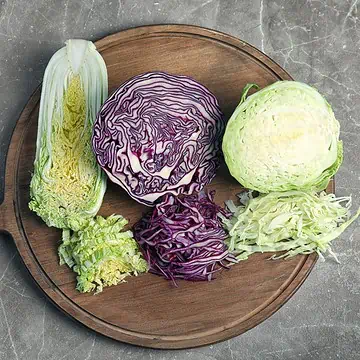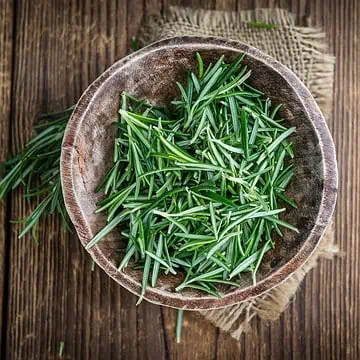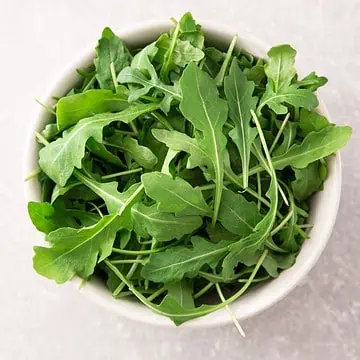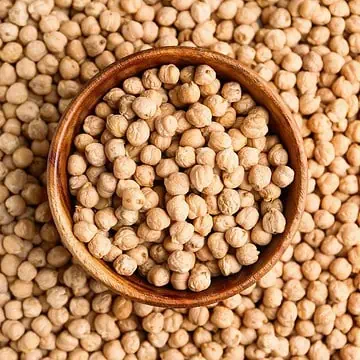Worldwide Measuring Cups & Spoons
Worldwide there are different measurements for tablespoons and cups. This means that the conversion of cups to tablespoons will depend on which country your recipe is from and which tablespoon you have in your kitchen drawer.
In the United States, there are two main sizes of a cup. In the UK and the rest of the Commonwealth, there's the metric cup. However, if your recipe is an old British recipe, it'll probably mean the imperial cup.
Below is a summary of what constitutes a cup and spoon measure for each country.
Australian recipes (250ml)
While Australia uses the international 'metric' cup it is the only country in the world that uses the traditional tablespoon measurement of 20ml. The rest of the world uses the international metric tablespoon measurement of 15ml.
US recipes
The US is the most complicated as there are two main sizes - the 'customary cup' and the 'legal cup'.
The US customary cup (240 ml)
This is the most common cup measurement that will be used in most recipes. It originates comes from the US customary system.
The US legal cup (236 ml)
This measurement is generally used in nutrition labelling which is specified by the Food and Drug Administration in their guidelines.
UK, New Zealand & South African Recipes (250 ml)
Cup measures in these countries are now almost obsolete but when they do feature in a recipe they will be for the international 'metric' cup. Keep in mind, however, that the metric cup is not considered to be the official metric unit by the UK Metric Association.
Check the date that your recipe was published as old recipes will refer to imperial cups and spoons which are bigger than the metric (284.13 ml).
Canadian recipes (250 ml)
Modern recipes will follow the standard metric unit, old recipes may use the imperial cup size of 227.3 ml.
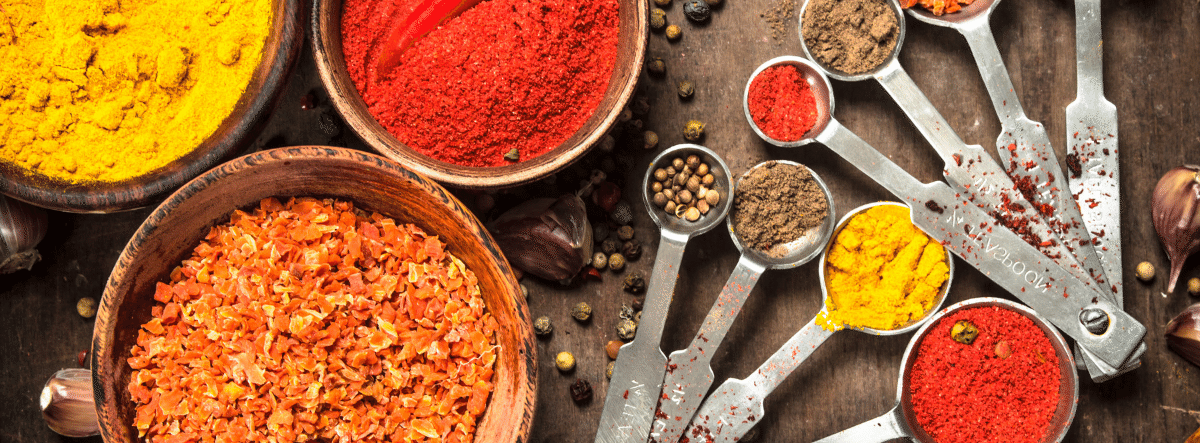
Measuring Cups & Spoons Conversion Chart
Below is a basic conversion chart for your reference or for an online calculator try the one from Donna Hay.
Cup & Spoon in a Millilitre | Cup & Spoon Metric* |
|---|---|
|
The Australian cup is 250 ml |
The Australian cup is 125 grams |
|
The U.S. customary cup is 240 ml |
The U.S. customary cup is 120 grams |
| The U.S. legal cup is 236.58 ml |
The U.S. legal cup is 118.29 grams |
|
The U.K. cup is 225 ml |
The U.K. cup is 113 grams |
|
The Australian tablespoon is 20 ml |
The Australian tablespoon is 10 gr |
|
The U.S. tablespoon is 15 ml |
The U.S. tablespoon is 8 grams |
|
The U.K. tablespoon is 18 ml |
The U.K. tablespoon is 9 grams |
|
The Australian teaspoon is 5 ml |
The Australian teaspoon is 2.5 grams |
|
The U.S. teaspoon is 5 ml |
The U.S. teaspoon is 2.5 grams |
|
The U.K. teaspoon is 6 ml |
The U.K. teaspoon is 3 grams |
Australian Metric Cup & Spoon Sizes
| Cup Metric | Spoon Metric |
|---|---|
¼ cup = 60 ml | ¼ teaspoon - 1.25 ml |
⅓ cup = 80 ml | ½ teaspoon = 2.5 ml |
½ cup - 250 ml | 1 teaspoon - 5 ml |
1 cup - 250 ml |
|

